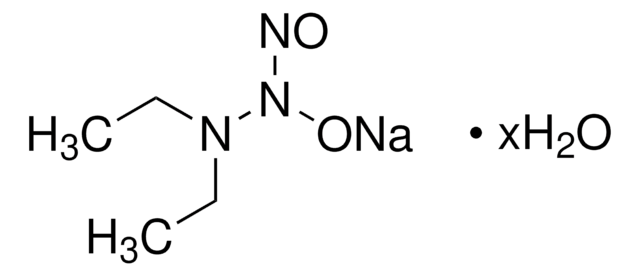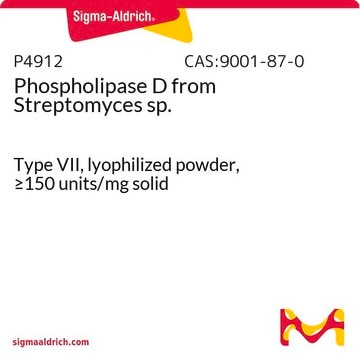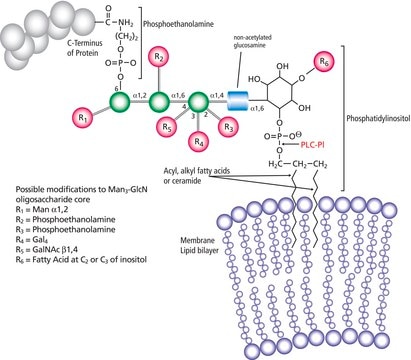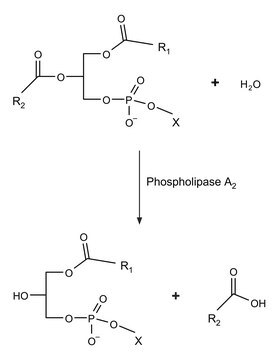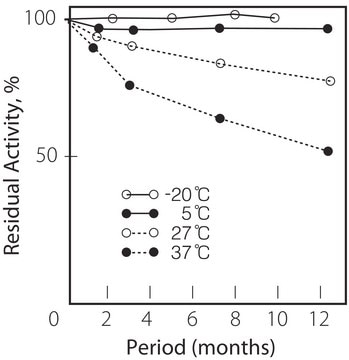E9030
Endoglycoceramidase II from Rhodococcus sp.
aqueous solution
Synonym(s):
EGCase, ceramide glycanase, glycosyl-N-acetyl-sphingosine 1,1-β-D-glucanohydrolase, oligoglycosylglucosyl(1↔1)ceramide glycohydrolase, oligoglycosylglucosylceramide glycohydrolase
About This Item
Recommended Products
recombinant
expressed in E. coli
Quality Level
conjugate
(Lipid-linked)
form
solution
mol wt
58.9 kDa
shipped in
dry ice
storage temp.
−20°C
Looking for similar products? Visit Product Comparison Guide
Related Categories
Application
Unit Definition
Physical form
wgk_germany
WGK 3
flash_point_f
Not applicable
flash_point_c
Not applicable
ppe
Eyeshields, Gloves, multi-purpose combination respirator cartridge (US)
Certificates of Analysis (COA)
Search for Certificates of Analysis (COA) by entering the products Lot/Batch Number. Lot and Batch Numbers can be found on a product’s label following the words ‘Lot’ or ‘Batch’.
Already Own This Product?
Find documentation for the products that you have recently purchased in the Document Library.
Our team of scientists has experience in all areas of research including Life Science, Material Science, Chemical Synthesis, Chromatography, Analytical and many others.
Contact Technical Service

